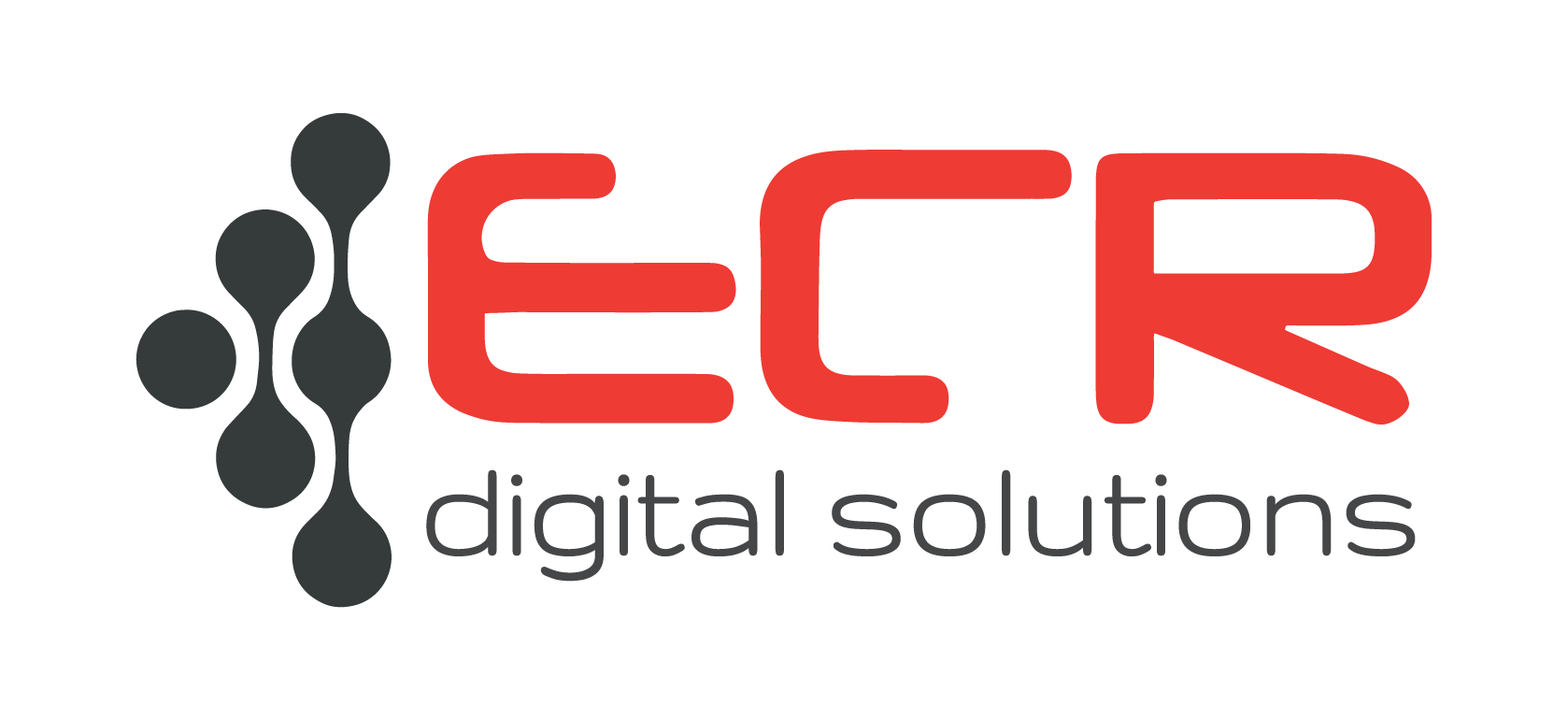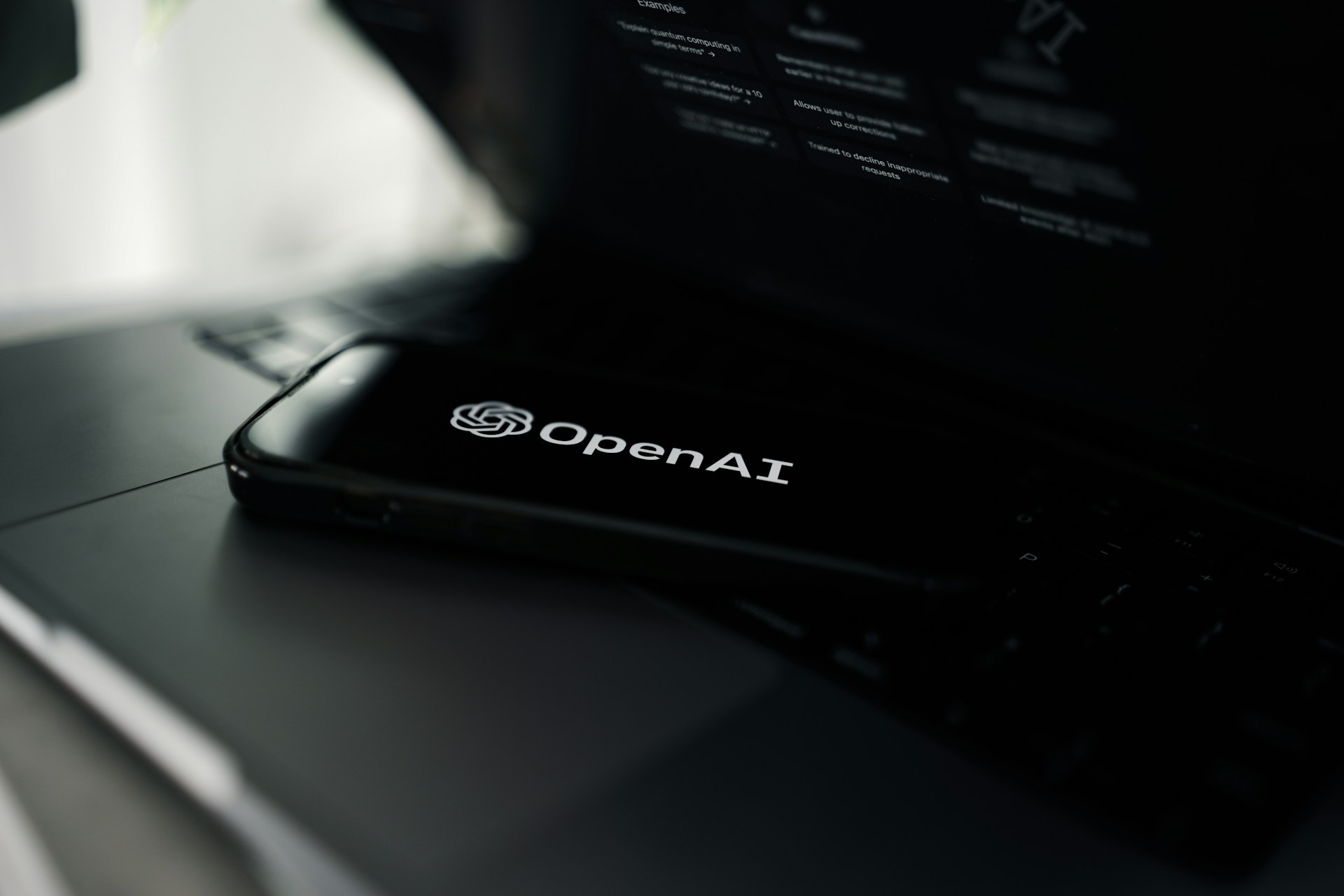Bridging the Gap: How Edge Computing Ensures Uninterrupted Uptime from Local Networks to the Cloud
Fri 28/03/2025 10m read 1574 views
Managing Port Staff: Best Practices and Solutions from ECR ERP For Logistics System
Managing staff at ports is a challenging task due to the unique nature of the working environment. From constantly moving workers and physically demanding jobs to limited technological infrastructure, managers need flexible and efficient solutions to ensure smooth operations. In this blog post, we will explore the common challenges of managing port staff, the best practices to overcome them, and how ECR ERP provides a comprehensive solution to these issues.

Challenges in Managing Port Staff
1. Staff work in the field and are constantly on the move
At ports, employees do not stay in one place. They are continuously moving to handle cargo, operate machinery, or assist with other logistics activities. This makes traditional management methods—such as requiring staff to report at a fixed location—impractical.
2. Physically demanding work and limited exposure to technology
Port work involves heavy lifting, operating large equipment, and other labor-intensive tasks. Many workers are not accustomed to using modern technology, and introducing complex systems can be time-consuming and reduce productivity.
3. Working environment lacks internet infrastructure
Ports are often located in remote areas or have unstable internet connectivity. This limits the ability to implement management solutions that rely on continuous internet access, which are common in other industries.
4. Management and scheduling need to be flexible based on real-time conditions
Port operations can change unexpectedly, such as ships arriving early or late, bad weather, or sudden increases in workforce demand. Therefore, management must be adaptable and able to adjust quickly to real-time conditions.
Solutions to These Challenges
To overcome these difficulties, here are the best practices that logistics companies can adopt:
1. Use mobile applications and cellular networks instead of the internet
Instead of relying on Wi-Fi or fixed internet, mobile applications that operate on 3G/4G networks are an ideal solution. This ensures that staff can access the system anytime, anywhere, regardless of the port’s internet infrastructure.
2. Implement location-based check-in/check-out mechanisms
A GPS-based attendance system allows employees to confirm their presence at specific work locations without needing a fixed checkpoint. This saves time and enables managers to accurately track staff location and status.
3. Continuously update tasks on mobile applications
Staff can receive new assignments or update their progress directly on the mobile app. Meanwhile, managers can use the management interface to assign, adjust, and monitor tasks in real-time, ensuring flexibility and efficiency in coordination.
4. Record working hours and generate automated reports
The system automatically logs employees’ working hours and compiles detailed reports daily, weekly, or monthly. This not only helps managers track performance but also ensures compliance with labor regulations.
ECR ERP For Logistics System: A Comprehensive Solution
ECR ERP is specifically designed to address the challenges of managing port staff. Here’s how the system integrates the above solutions into practice:
- User-friendly mobile application: The system provides a mobile app with a simple, intuitive interface, making it easy for even technologically inexperienced staff to use. Features like check-in, task assignment, and reporting are designed for quick operation, minimizing training time.
- Operates on cellular networks: Independent of Wi-Fi, ECR app leverages cellular networks for continuous connectivity. Additionally, it supports offline mode, allowing staff to work as usual and sync data when the network is available.
- Real-time flexible management: Managers can use the management interface to assign tasks, adjust schedules, and monitor progress instantly. This is especially useful for responding quickly to unexpected changes in port operations.
- Efficient tracking and reporting: The system automatically records working hours, staff locations, and generates detailed reports. This helps businesses evaluate performance, optimize resources, and ensure compliance.
Benefits of Implementing the ECR ERP
Deploying ECR ERP brings several practical benefits:
- Increased efficiency: Staff receive tasks quickly, reducing waiting times and errors.
- Optimized resource allocation: Managers gain an overview to deploy staff effectively, avoiding waste or shortages.
- Reduced errors: Automating processes like time tracking and reporting minimizes human error.
- Improved safety: Monitoring working hours and locations ensures staff are not overworked and adhere to safety standards.
Illustrative Example
Imagine a real-life scenario: A container ship arrives at the port two hours earlier than expected. With ECR ERP, the manager can:
- Quickly check the list of available staff and their locations via the management app.
- Assign new tasks to suitable employees through the mobile app within minutes.
- Monitor the unloading progress and adjust staffing if necessary, ensuring the job is completed on time without disruption.
Conclusion
Managing port staff requires a combination of flexibility, efficiency, and adaptability to challenging conditions. ECR ERP for logistics system not only meets these requirements but also provides a comprehensive solution that helps businesses optimize operations and enhance competitiveness. In an era of rapid technological advancement, adopting such solutions is not just an option but a necessary step to modernize port logistics management.
Related articles










